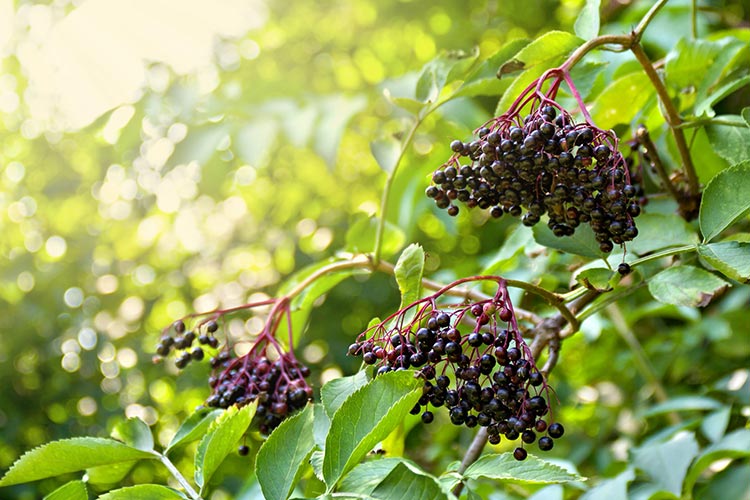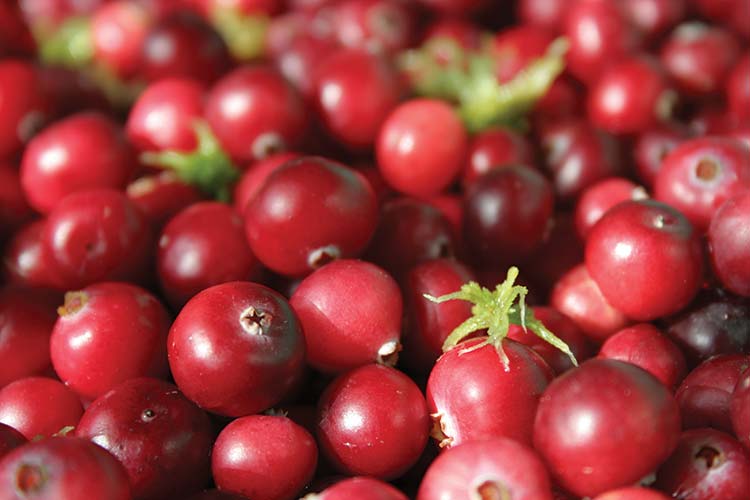Menopausal women are no longer able to produce estrogen and are therefore at a higher risk for heart disease, breast cancer, severe bone loss, and depression. Researchers have linked the use of pomegranate as a possible “natural” hormone replacement without any dire repercussions. Pomegranate is known to contain estrogens (estradiol, estrone, and estriol) and show estrogenic activities in mice. Researchers from the School of Health and Social Services in Japan investigated whether a pomegranate extract was effective on experimental menopausal syndrome in ovariectomized mice. Ovariectomy-induced decrease of bone mineral density (BMD) was normalized by administration of the pomegranate extract. The bone volume and the trabecular number were significantly increased and the trabecular separation decreased in the pomegranate-dosed group compared with the control group. These changes suggest that the pomegranate extract inhibits ovariectomy-stimulated bone turnover. Additionally, immobility time in a swimming test (indicative of depression in mice) was shortened after consumption of the pomegranate extract. It is thus conceivable that pomegranate is clinically effective on a depressive state and bone loss in menopausal syndrome in women.
Mori-Okamoto, J., Otawara-Hamamoto, Y., Yamato, H., Yoshimura, H. 2004. Pomegranate extract improves a depressive state and bone properties in menopausal syndrome model ovariectomized mice. J. Ethnopharmacol. 92(1): 93-101.
In an effort to determine the bioactive factor in cranberry that is responsible for its anti-adherence properties, Dr. Amy Howell and a team of researchers used bioassay-directed fractionation techniques to isolate a distinct group of compounds from cranberries in 1998. PACs, or condensed tannins, isolated from cranberries demonstrated anti-adherence activity on the P-fimbriated E. coli associated with UTIs at concentrations as low as 10 to 50 ug/mL in vitro. Moreover, further studies from this group discovered that the PACs present in cranberries are different from those found in other foods such as grapes and green tea. It was discovered (and later verified in 2005) that cranberries contain a less common, high molecular weight PAC with A-type intermolecular double linkages that appear to provide its unique protective anti-adherence effects.
Howell, A.B., Reed, J.D., Krueger, C.G., Winterbottom, R., Cunningham, D.G., Leahy, M. 2005. A-type cranberry proanthocyanidins and uropathogenic bacterial anti-adhesion activity. Phytochemistry. 66(18): 2281-2291.






